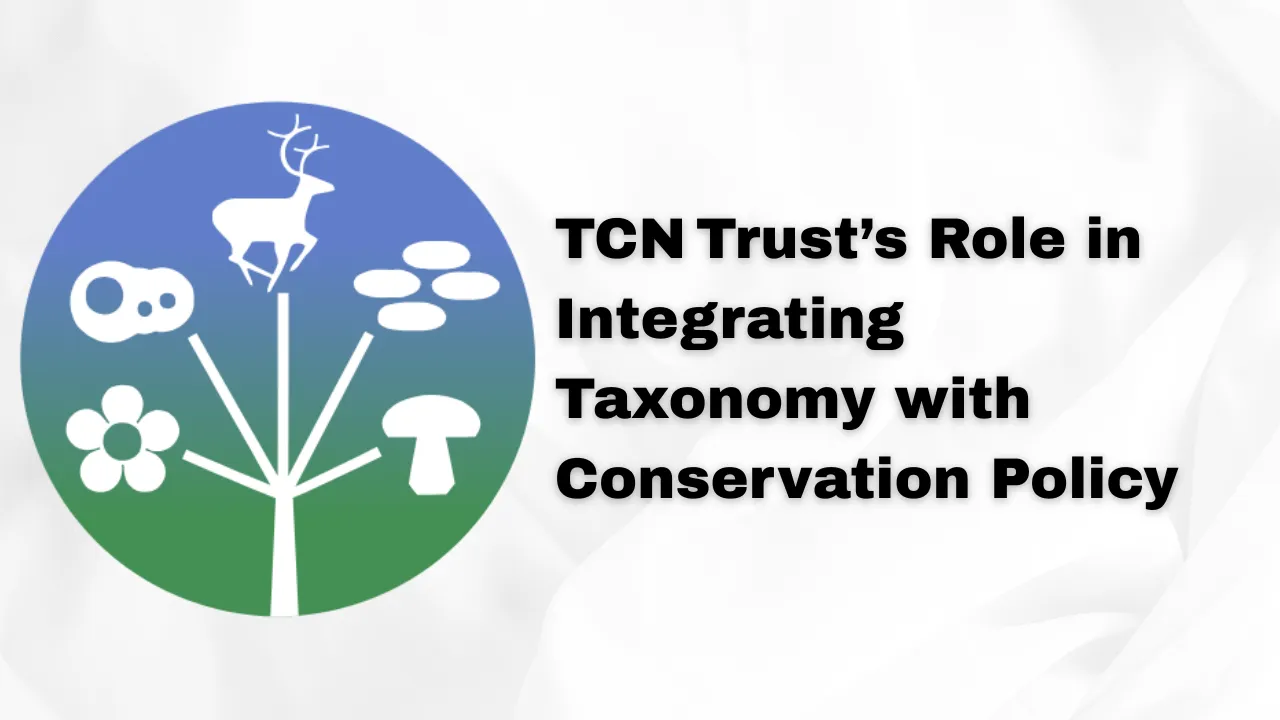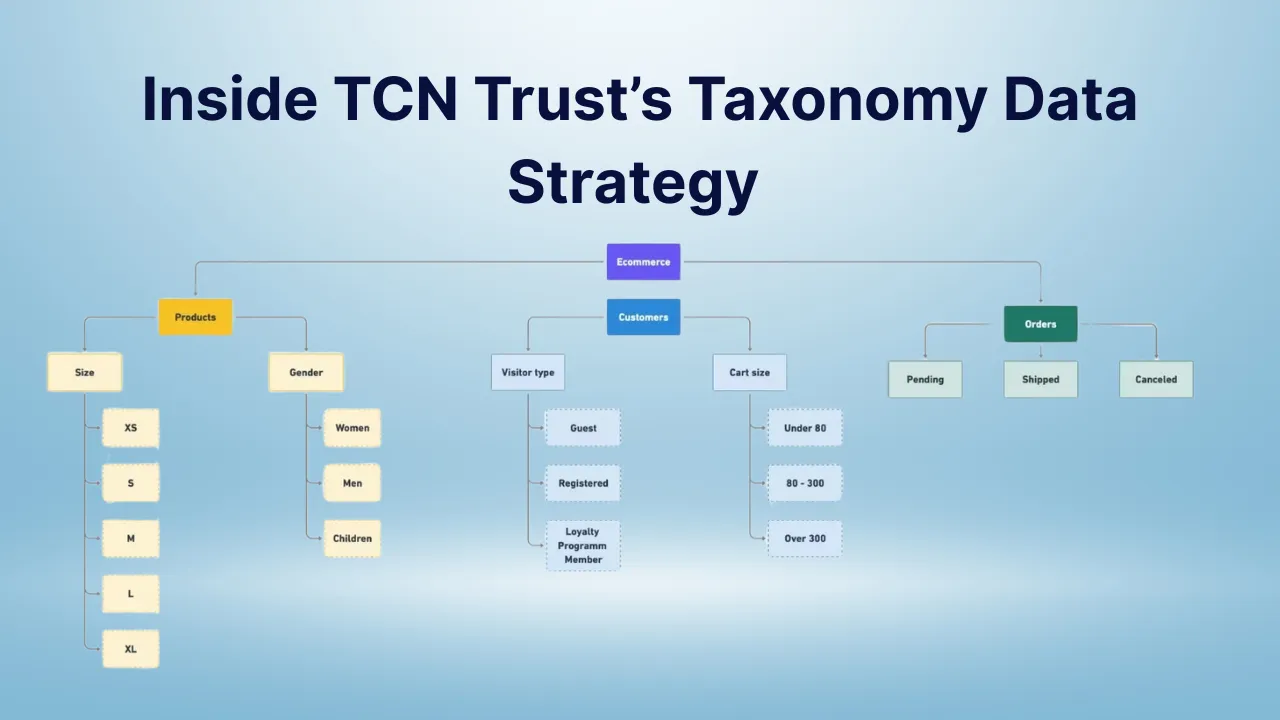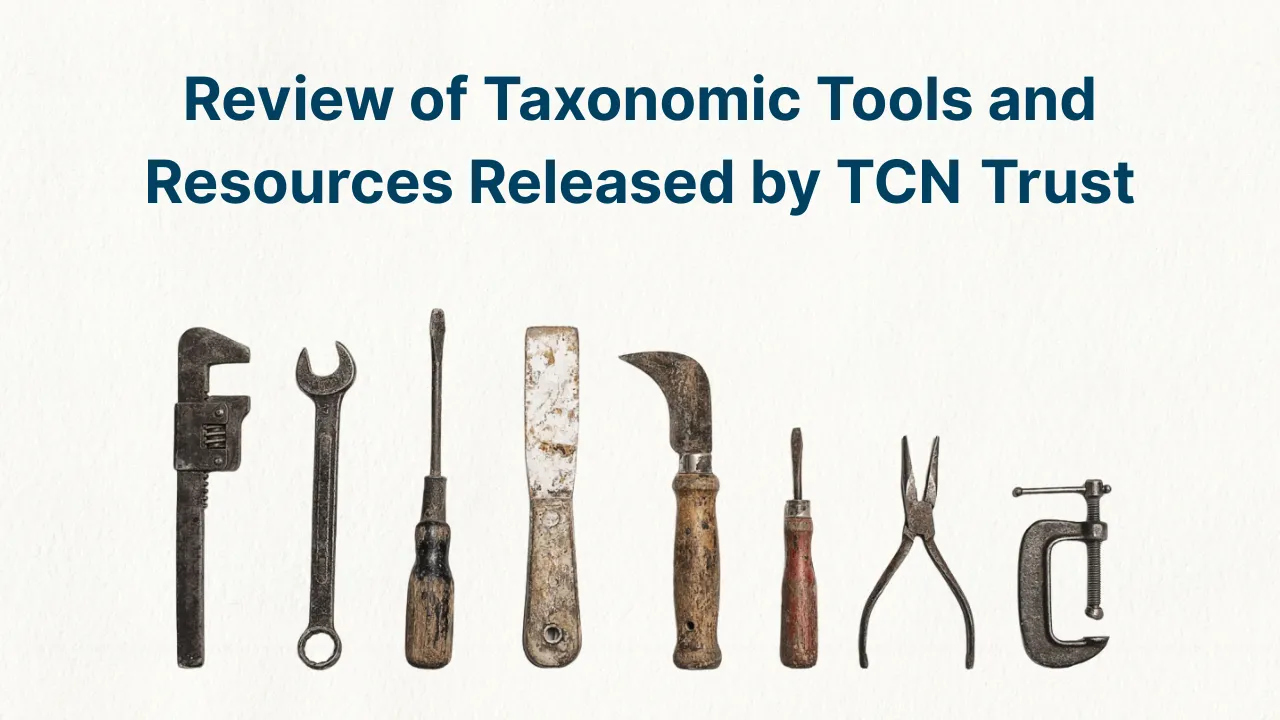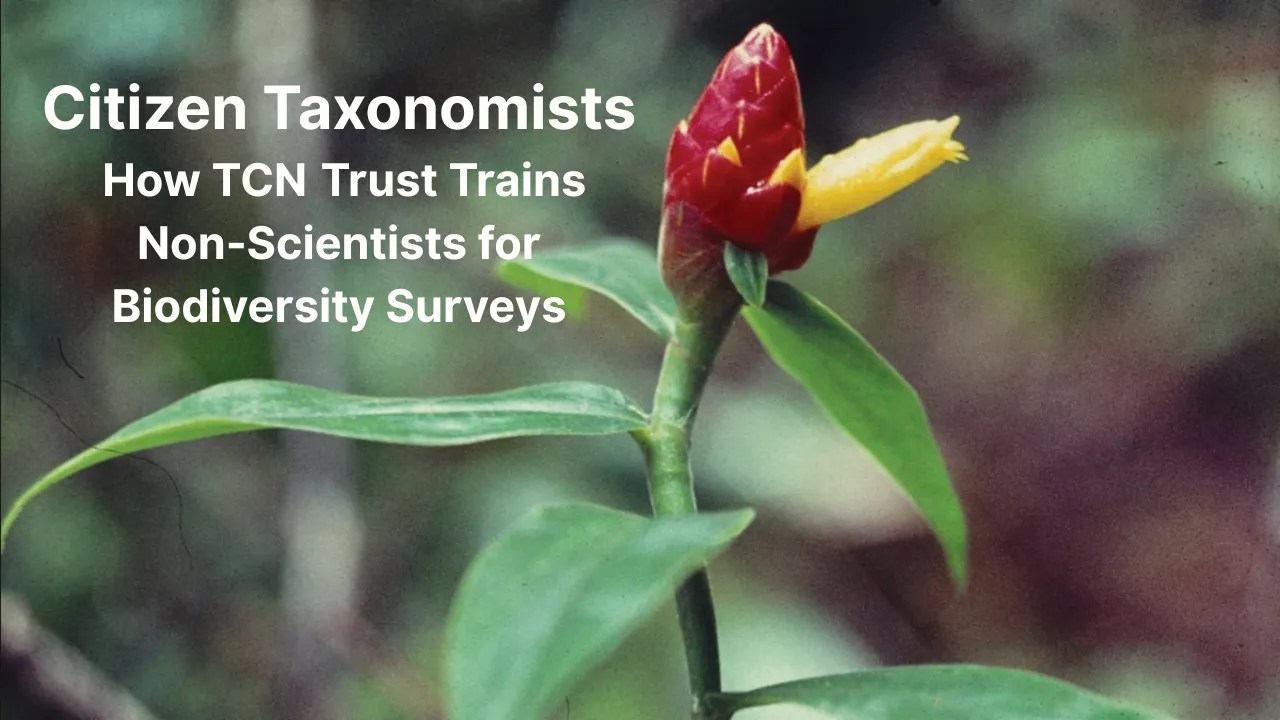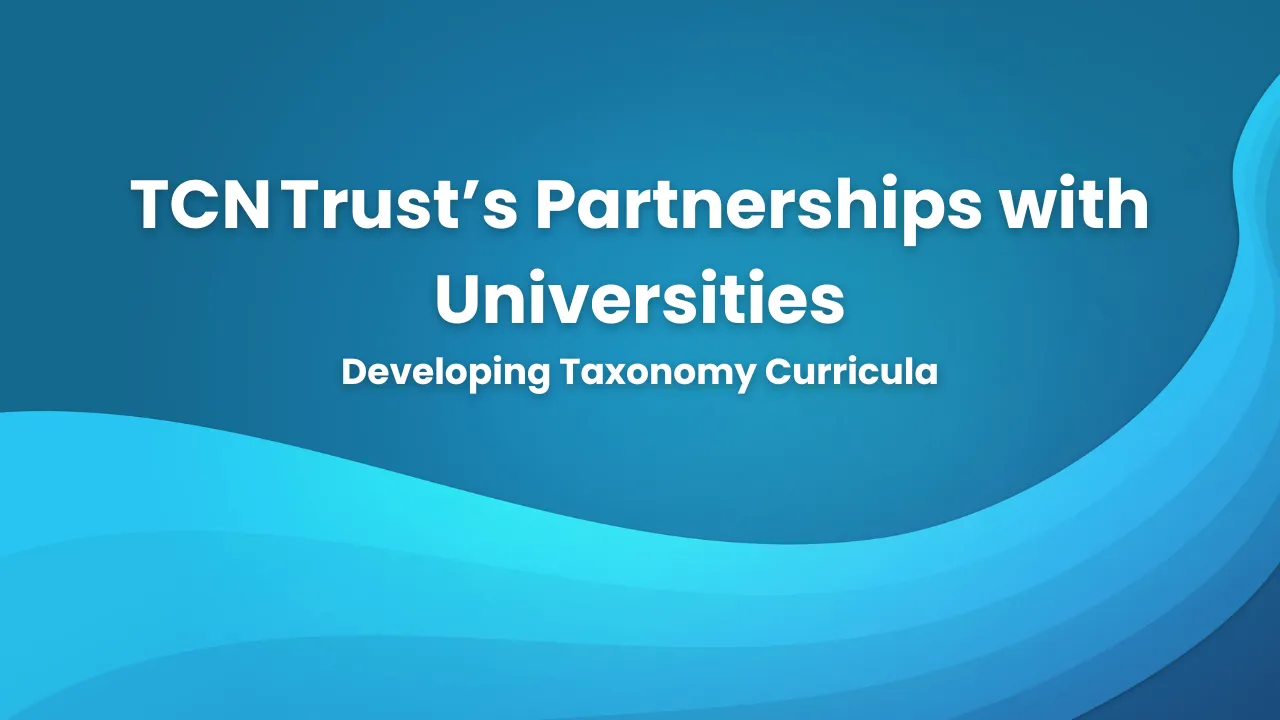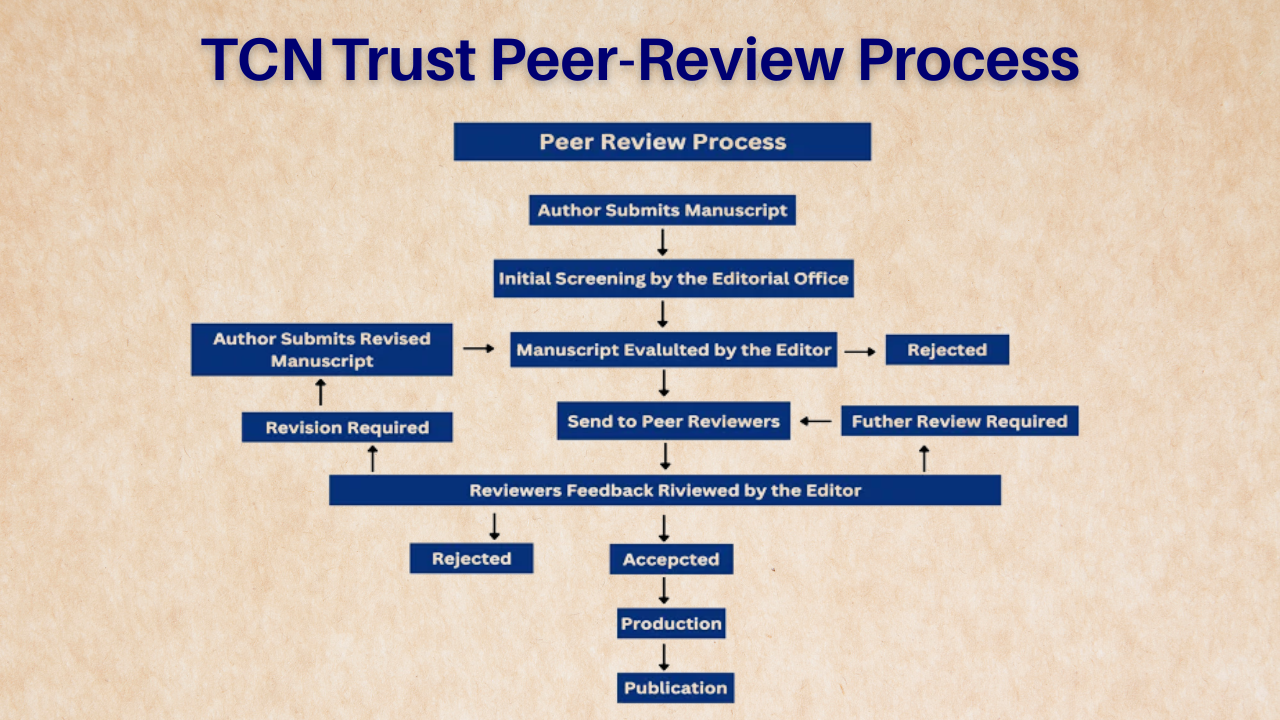TCN Trust is reshaping how science and environmental policy work together by turning deep taxonomic insights into powerful tools for protecting the planet. As conservation challenges become more urgent and complex, the need for precise biological understanding becomes undeniable. That’s where taxonomy steps in—not just as a scientific discipline, but as a bridge to action.
In this article, we explore how TCN Trust uses species identification and classification to guide real conservation efforts. By supporting national and local policies with robust taxonomic data, the organization ensures that biodiversity protection isn’t just idealistic but grounded, practical, and long-lasting. You’ll discover how this model works, why it matters, and what it could mean for future conservation frameworks.
How TCN Trust is Influencing Conservation Through Taxonomy
TCN Trust plays a strategic role in linking the field of taxonomy with real-world conservation policy. It helps define which species are protected, what habitats are prioritized, and how biodiversity is monitored and managed. Through taxonomic research, ecological assessments, and biodiversity inventories, the Trust ensures that endangered species and critical ecosystems are recognized and preserved. This work supports long-term environmental planning and strengthens laws that govern protected areas, species management, and sustainable development.
Overview of the TCN Trust’s Work and Policy Impact
| Area of Impact | Contribution by TCN Trust |
| Species Discovery | Identifies new or rare species for legal protection |
| Biodiversity Data | Supplies verified species records to governments |
| Habitat Protection | Maps habitats with high conservation value |
| Policy Development | Advises on drafting and updating environmental laws |
| Public Awareness | Educates communities about local ecosystems |
The Link Between Taxonomy and Conservation
Taxonomy is the foundation of biodiversity science. Without it, we can’t fully understand which species exist, where they live, or how they interact. TCN Trust applies this foundational science in a strategic way—making taxonomy useful not just to researchers, but also to decision-makers.
Each newly classified species can change the status of an ecosystem. If an endangered organism is discovered in a forest targeted for development, that information can halt deforestation or prompt new conservation strategies. Through systematic fieldwork and analysis, TCN Trust provides the precise species data required for legal protection and habitat conservation.
How TCN Trust Supports National Conservation Policy
Policy change begins with reliable information. TCN Trust provides the taxonomic backbone that supports national biodiversity strategies, endangered species lists, and natural resource laws. Their collaborations with environmental agencies help ensure that the latest ecological findings are reflected in national legislation.
For example, when a country updates its conservation priorities, TCN Trust offers verified data sets that identify species under threat. This helps policymakers define which zones require immediate protection and which species need legal status under conservation frameworks. Their role is not political—it’s scientific—but the influence is significant. Scientific clarity helps governments act confidently and responsibly.
Local Impacts: Empowering Communities Through Science
At the grassroots level, TCN Trust engages directly with local communities to make conservation relevant and achievable. They do this by sharing species information, training local experts in taxonomic methods, and offering practical guidance on habitat protection.
This bottom-up approach builds long-term conservation resilience. When communities understand the species in their region—especially endangered or endemic ones—they are more likely to protect natural resources. TCN Trust helps translate complex taxonomic data into everyday action, whether it’s through community conservation plans or citizen science efforts.
Influence on Protected-Area Status
Protected areas are one of the most direct ways to conserve biodiversity. But choosing which lands to protect depends on solid biological evidence. That’s where TCN Trust has made lasting contributions.
By cataloging species in remote or unexplored regions, they uncover the biological significance of landscapes previously considered ordinary. These discoveries can lead to the creation or expansion of national parks, wildlife sanctuaries, or ecological reserves. In some cases, a single newly discovered plant or animal species can shift how land is classified, managed, or restricted.
List: How TCN Trust Impacts Policy Through Taxonomy
- Updates national and regional species lists
- Supports ecological risk assessments
- Guides conservation zoning and land use planning
- Provides legal evidence for endangered species status
- Builds databases used in national biodiversity strategies
List: Conservation Success Stories Linked to TCN Trust
- Amazon Reserve Creation: Fieldwork by TCN Trust revealed five new amphibian species, triggering the creation of a new protected wetland zone.
- Urban Biodiversity Law: In a fast-growing city, the Trust’s findings led to new urban green space protections for insect pollinator habitats.
- Coastal Forest Preservation: Taxonomic analysis identified endemic tree species, halting plans for coastal road development.
Challenges Faced by TCN Trust
Despite its achievements, TCN Trust faces several obstacles. Funding remains a critical issue, as taxonomy is often undervalued in conservation budgets. There’s also the challenge of ensuring that scientific findings reach policymakers quickly enough to influence fast-moving decisions.
In some regions, legal systems are slow to recognize new species or adjust protected status. This creates a gap between discovery and action. The Trust works to bridge this through continued collaboration with law-makers, media, and environmental groups, all while preserving scientific integrity.
Future Directions for TCN Trust
The future of TCN Trust lies in expanding its digital infrastructure and field networks. Integrating artificial intelligence with taxonomy is one key direction. AI can speed up species identification, allowing the Trust to respond faster to ecological threats.
Another goal is to collaborate more closely with international biodiversity platforms, ensuring that its taxonomic records contribute to global conservation intelligence. By doing this, TCN Trust not only protects species locally but helps shape how biodiversity is managed worldwide.
FAQs
What does TCN Trust do?
TCN Trust uses taxonomic science to support biodiversity protection and shape conservation policies at both local and national levels.
Why is taxonomy important for conservation?
It helps identify and classify species, which is crucial for determining which areas and organisms need protection.
How does the Trust affect government policy?
By supplying accurate species data, the Trust helps guide environmental legislation, zoning laws, and endangered species lists.
Can local communities benefit from taxonomic research?
Yes, communities gain knowledge and tools to manage natural resources sustainably and participate in conservation planning.
Does TCN Trust use technology in its work?
They are increasingly using digital tools and AI to improve species tracking and data sharing for more effective conservation strategies.
Final Thought
TCN Trust is proving that scientific knowledge doesn’t have to stay in labs and journals—it can actively shape how we protect the Earth. By turning detailed species data into legal protection and land use decisions, the Trust is ensuring that conservation efforts are informed, effective, and deeply rooted in reality. Their model shows that when science and policy meet, nature has a fighting chance.
If this topic inspired you, explore your region’s native species or share this with someone curious about biodiversity. Leave a comment below with your thoughts or questions—we’d love to hear from you.
